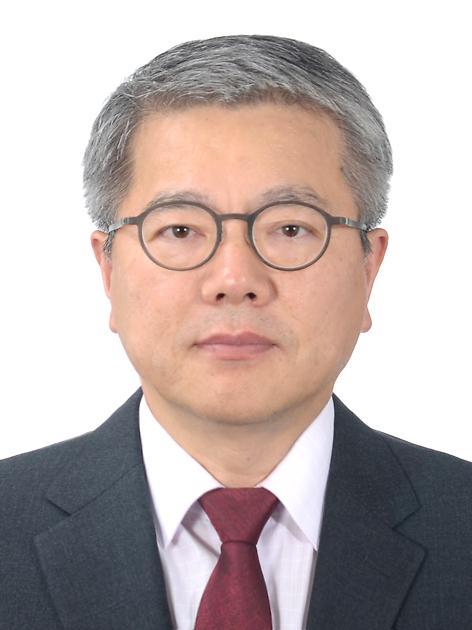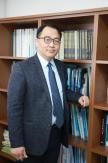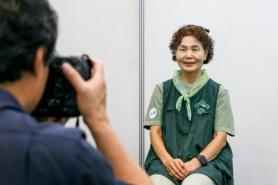
Professor Kim Yong-ha of Soonchunhyang University
SEOUL, October 22 (AJP) - South Korea’s economy expanded modestly in the second quarter, with gross domestic product rising 0.6 percent from a year earlier, reflecting persistent weaknesses in consumer spending that threaten to slow long-term growth.
According to government data, private consumption increased 0.9 percent from a year earlier, while government spending rose 2.6 percent. Construction investment plunged 11.4 percent, offset by a 3.4 percent gain in facility investment and a 4.5 percent increase in exports.
But beneath those headline figures lies a troubling trend: households are spending less of their income than they once did. Household consumption, which accounted for 49.3 percent of GDP in 2014, fell to 46.4 percent by 2024 — a sign that consumers are tightening their belts even as the economy grows. Economists attribute the shift to rising non-consumption expenses such as taxes, housing costs, and social insurance contributions.
A report by the Korea Chamber of Commerce and Industry found that the nation’s overall consumption propensity — the share of income spent rather than saved — dropped from 73.6 percent in 2014 to 70.3 percent in 2024. The decline has been sharpest among older adults. For people in their 60s, the figure fell from 69.3 percent to 62.4 percent, reflecting the steep fall in income many experience after retirement. Public pensions, experts note, rarely compensate for that loss.
The gap between rich and poor households also reveals divergent spending behavior.
In 2025, the lowest 20 percent of income earners spent 128.1 percent of their income, often by taking on debt, while the wealthiest 20 percent spent just 59.8 percent. Economists say this suggests that the rich are increasingly saving or spending on luxury goods abroad — a pattern that offers little boost to domestic demand.
Over the past decade, South Koreans have shifted their spending toward health care, housing, and leisure, while cutting back on food, clothing, and education. The aging of the population, economists warn, will continue to dampen consumption. The Bank of Korea has noted that demographic shifts are weighing on household income and spending alike.
Even in categories that have grown — such as entertainment and dining — much of the spending occurs overseas. South Korea recorded a $10 billion tourism deficit in 2024.
Japan faces similar challenges, while in Europe and the United States, older adults tend to spend more freely. Cultural factors play a role: many South Korean seniors prioritize saving for their children or leaving an inheritance over enjoying their own retirement years.
Government initiatives to encourage spending among the elderly have yielded limited results. Economists argue that what’s needed is not only policy change but also a shift in social attitudes — one that emphasizes the value of spending in the present rather than saving exclusively for the next generation.
Yet such a shift runs up against another national concern: maintaining enough savings to sustain growth in an aging society.
About the author
-Ph.D. in Economics from Sungkyunkwan University
-Former President of the Korea Institute for Health and Social Affairs
-Former President of the Korean Economic Association
-Former President of the Korean Fiscal Policy Association
* This article, published by Aju Business Daily, was translated by AI and edited by AJP.
Copyright ⓒ Aju Press All rights reserved.



